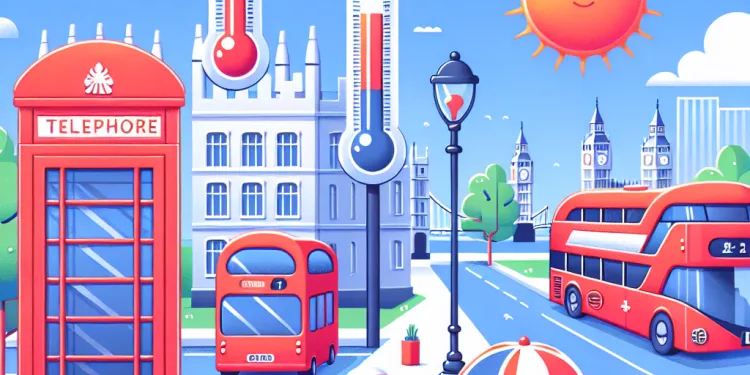
Find Help
More Items From Ergsy search
-

How can I keep children safe during a heatwave?
Relevance: 100%
-
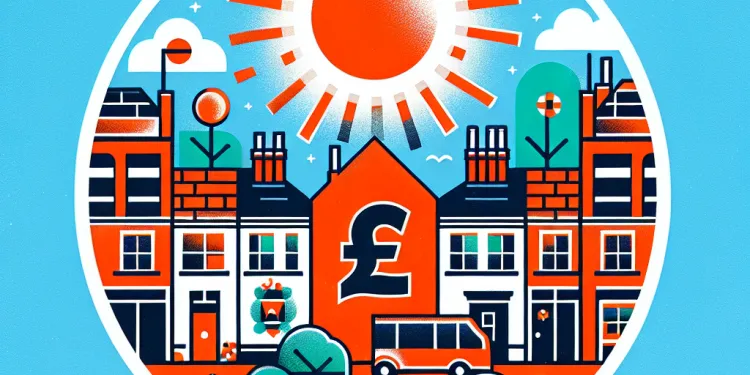
Is it necessary to check on neighbors during a heatwave?
Relevance: 83%
-
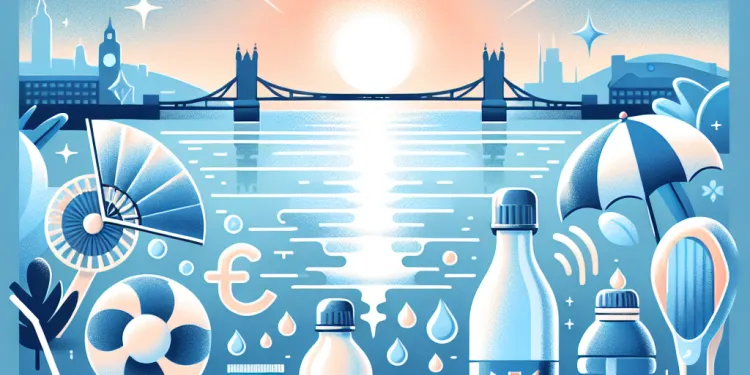
What activities should I avoid during a heatwave?
Relevance: 79%
-
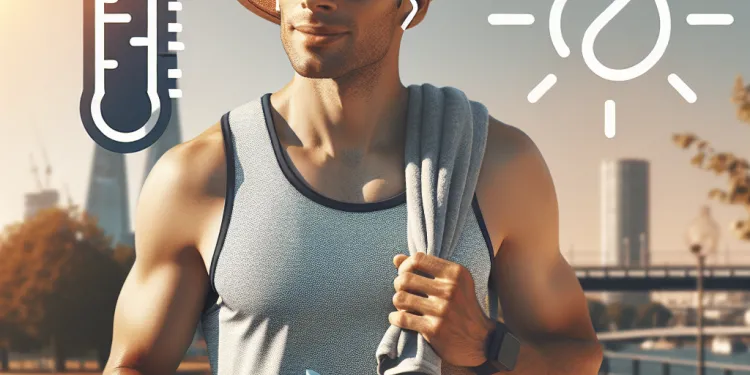
Is it safe to exercise outside during a heatwave?
Relevance: 76%
-
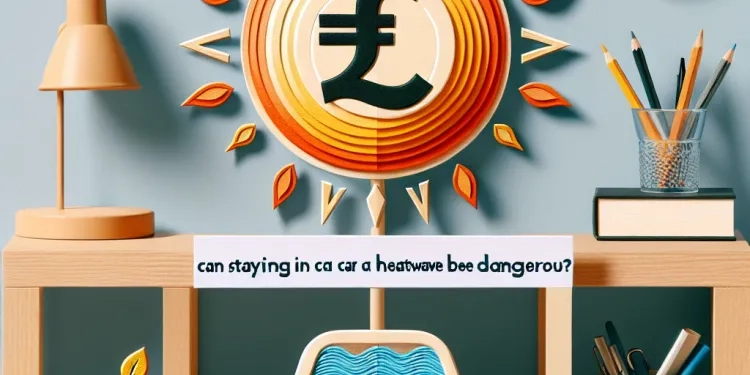
Can staying in a car during a heatwave be dangerous?
Relevance: 76%
-

What should I do during a heatwave?
Relevance: 76%
-

What are the long-term effects of repeated heatwave exposure?
Relevance: 75%
-
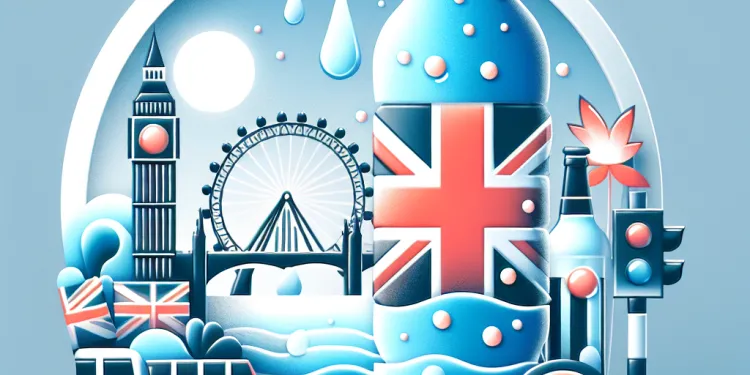
How much water should I drink during a heatwave?
Relevance: 74%
-
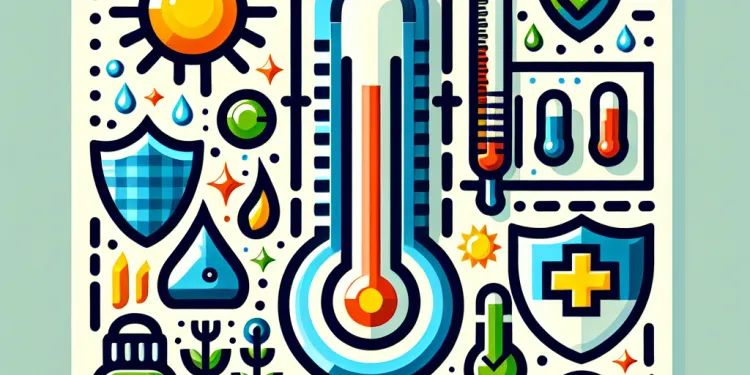
Is it safe to take cold showers during a heatwave?
Relevance: 72%
-
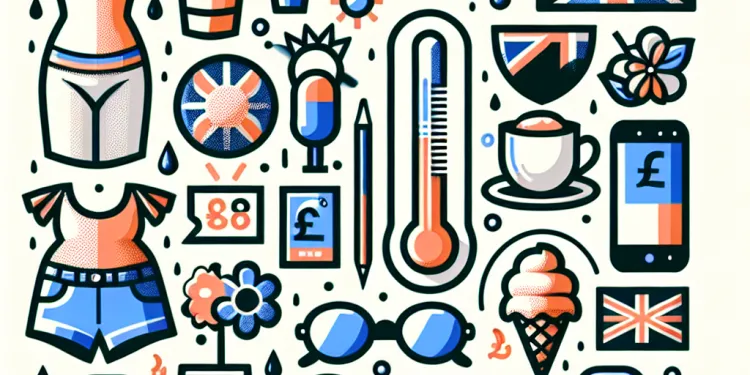
What should I wear during a heatwave?
Relevance: 71%
-
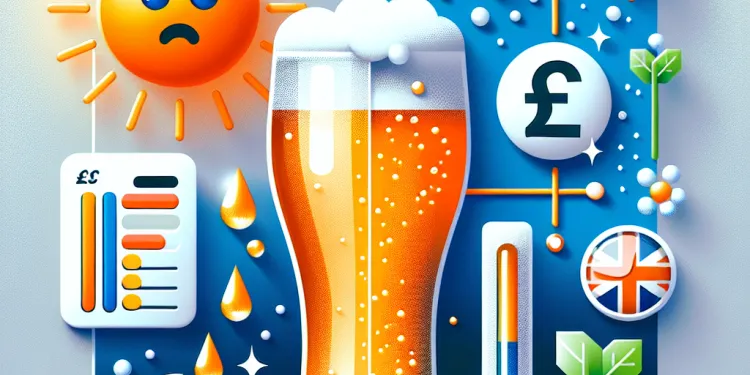
Should I avoid alcohol during a heatwave?
Relevance: 69%
-

What apps or services can help me monitor the weather during a heatwave?
Relevance: 67%
-

How can I keep my kids cool during a heatwave?
Relevance: 66%
-

How can I prevent heatstroke during a heatwave?
Relevance: 65%
-
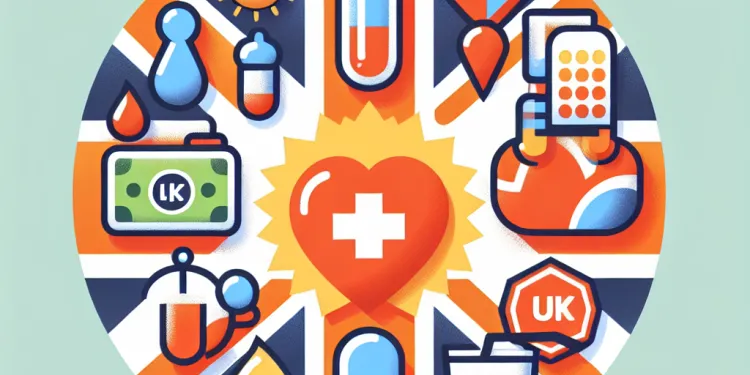
Should I take any special precautions if I have a medical condition during a heatwave?
Relevance: 63%
-
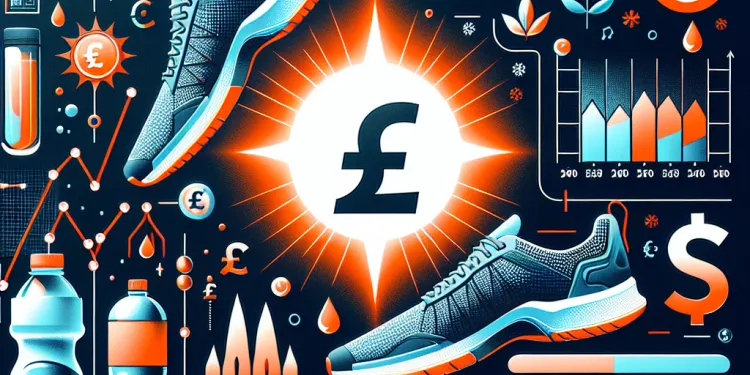
Should I adjust my exercise routine during a heatwave?
Relevance: 62%
-

How can I keep my plants alive during a heatwave?
Relevance: 61%
-

How to stay cool during a heatwave
Relevance: 61%
-

How can I ensure pets are safe during a heatwave?
Relevance: 60%
-
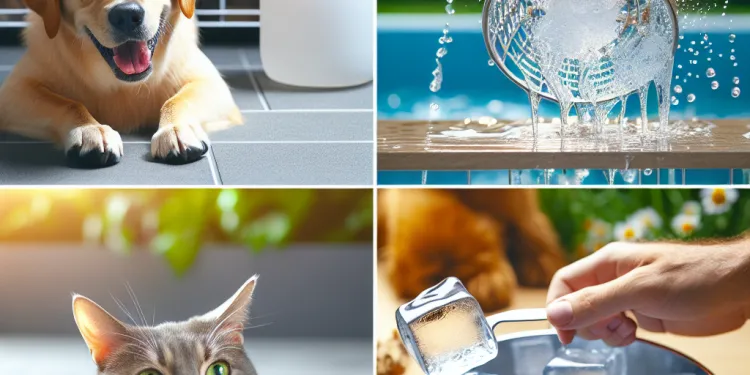
Are there any special precautions for pets during a heatwave?
Relevance: 58%
-
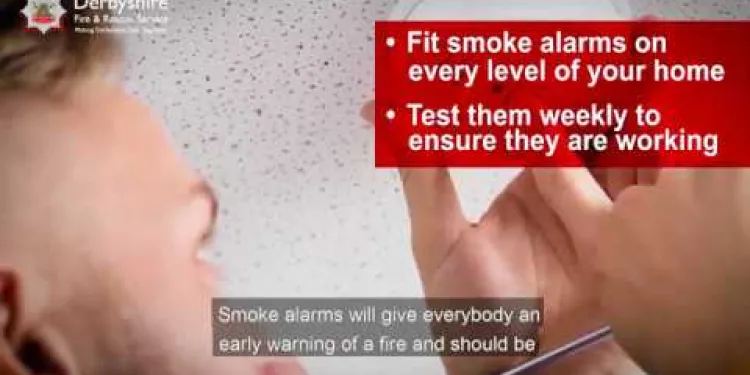
Fire Safety At Home
Relevance: 57%
-

What foods are best to eat during a heatwave?
Relevance: 57%
-

Health and safety responsibilities
Relevance: 56%
-
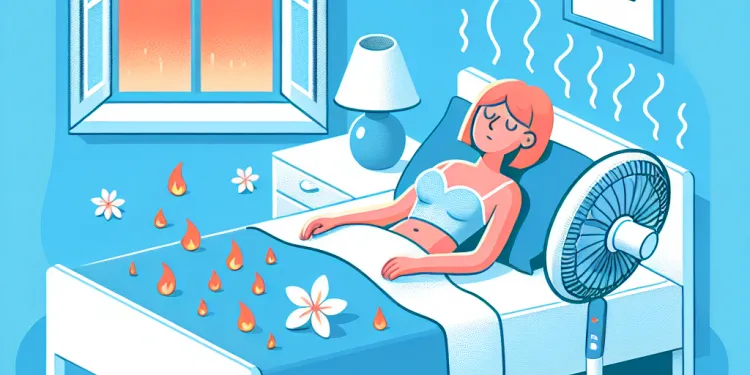
How can I sleep comfortably during a heatwave?
Relevance: 55%
-
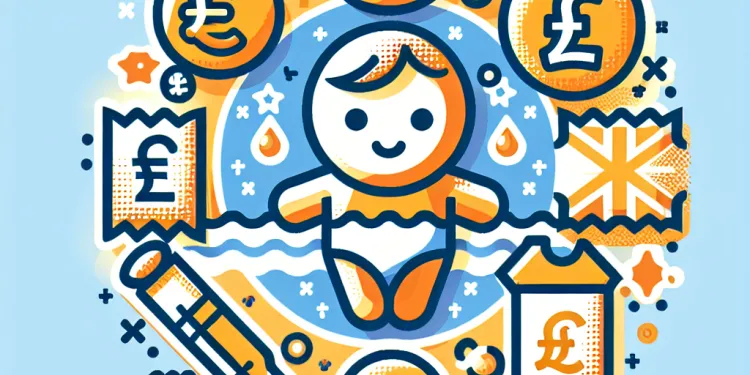
Is Baxdrostat suitable for children?
Relevance: 53%
-
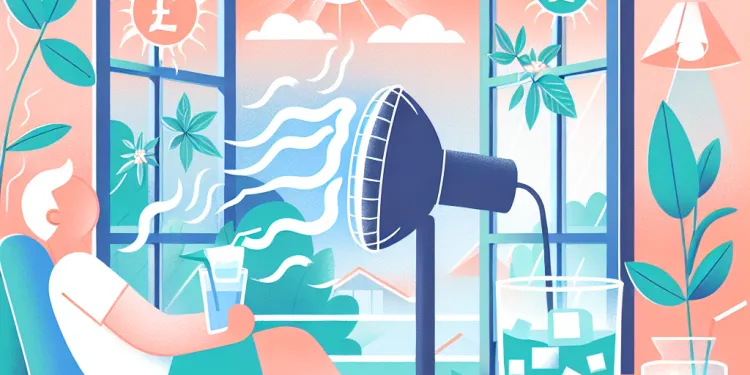
How can I stay cool indoors during a heatwave?
Relevance: 51%
-

Can children use Mounjaro?
Relevance: 48%
-
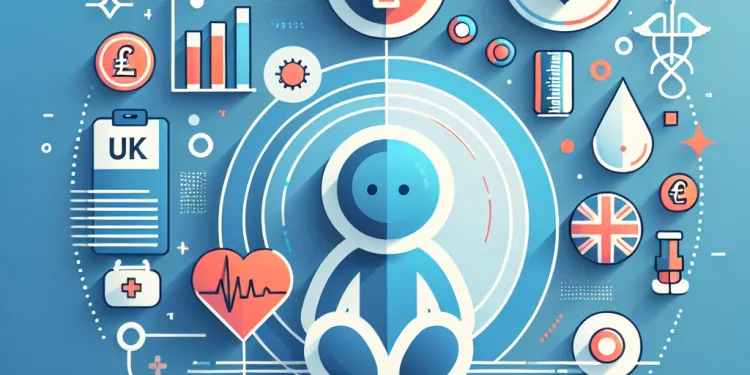
Can Wegovy be used by children?
Relevance: 48%
-

What are some safety programs specifically for seniors?
Relevance: 47%
-
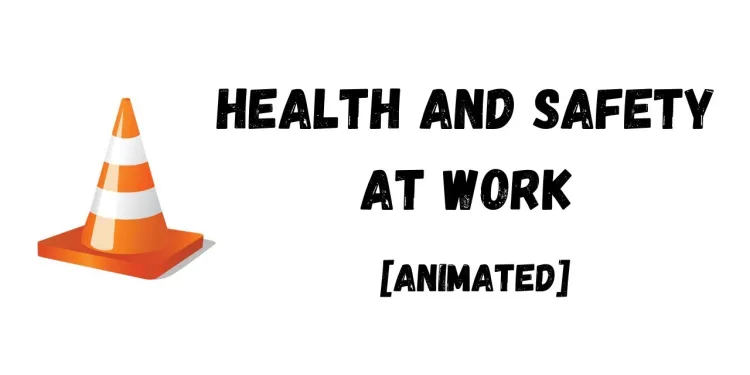
THE LAW IN 60 SECONDS | HEALTH AND SAFETY AT WORK
Relevance: 47%
-

Are new emerging pathogens a risk for blood safety?
Relevance: 46%
-

Are there specific mobility equipment for children?
Relevance: 46%
-
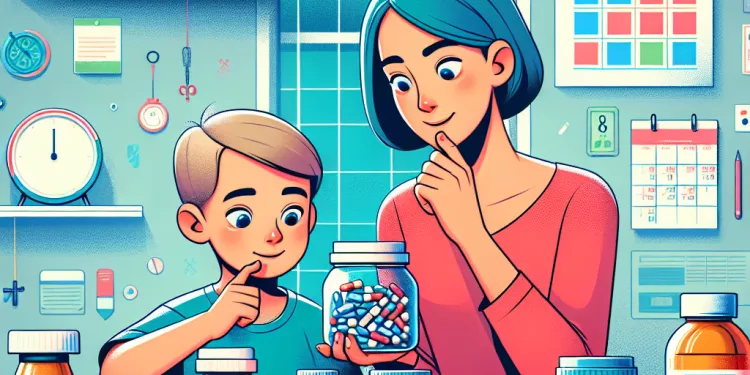
Can children take the same cold medications as adults?
Relevance: 45%
-
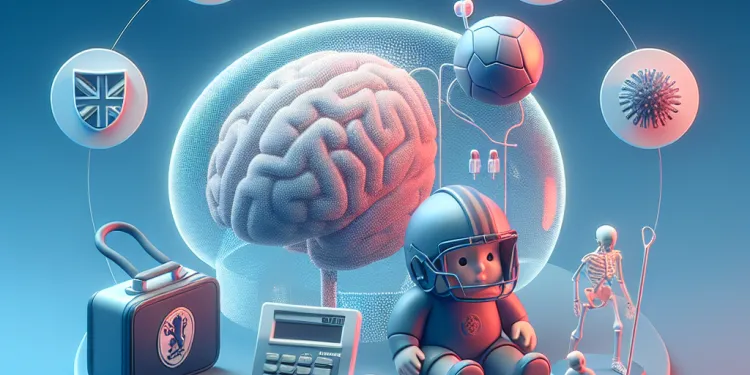
Are children more susceptible to concussions than adults?
Relevance: 45%
-

What are my rights regarding workplace safety as a gig worker?
Relevance: 45%
-
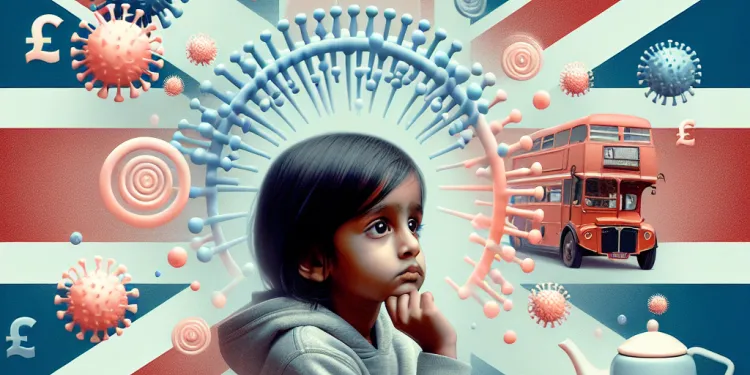
Are children more affected by new variants of COVID?
Relevance: 44%
-
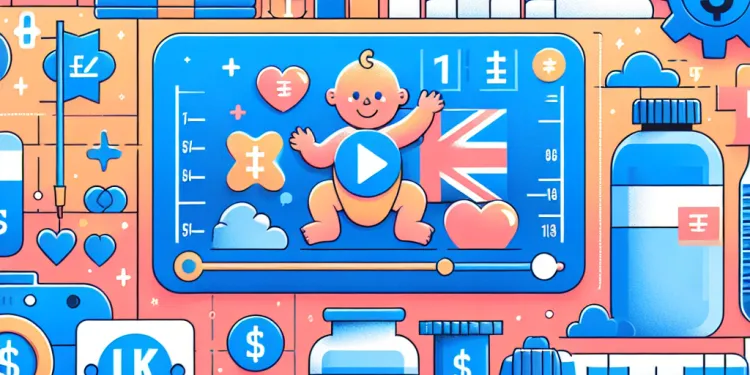
Children's Vaccination Schedule
Relevance: 44%
-

What measures are taken to ensure food safety in school meals?
Relevance: 43%
-
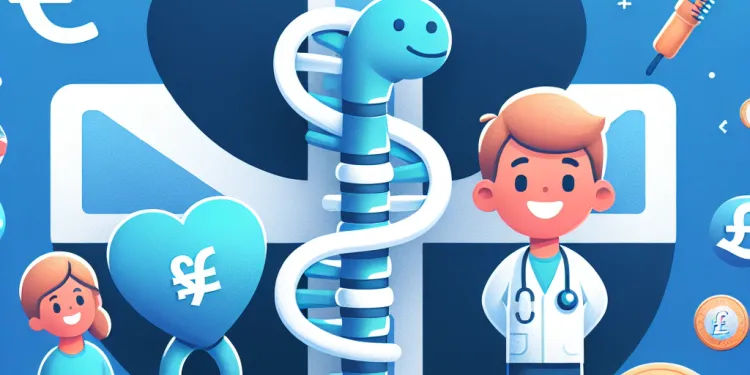
Can children benefit from chiropractic care?
Relevance: 43%
-

Who are SEND children?
Relevance: 43%
Understanding Heatwaves
Heatwaves are prolonged periods of excessively hot weather, which can pose significant health risks, particularly to children. In the UK, while heatwaves are less common than in some other countries, climate change has made such events more frequent and intense. Therefore, it's important for parents and guardians to know how to keep children safe when temperatures soar.
Stay Hydrated
One of the most crucial steps to ensure children's safety during a heatwave is to keep them well-hydrated. Encourage children to drink water regularly, even if they do not feel thirsty. Try to avoid sugary drinks or those containing caffeine, as these can contribute to dehydration. Offering water-rich fruits and vegetables like watermelon, cucumber, and strawberries can also help maintain hydration.
Dress Appropriately
Dressing appropriately is vital to keeping children safe during a heatwave. Children should wear loose, lightweight, and light-colored clothing to help reflect the sun's rays. Natural fabrics like cotton are ideal as they are breathable and help keep the body cool. Additionally, ensure that children wear a wide-brimmed hat and sunglasses when outside to protect against sun exposure.
Limit Sun Exposure
Avoid going outdoors during the hottest parts of the day, typically between 11 a.m. and 3 p.m. If outside activities cannot be avoided, ensure children stay in the shade as much as possible and apply a high-factor sunscreen (SPF 30 or above) to protect their skin from harmful UV rays. Reapply sunscreen every two hours and after swimming or excessive sweating.
Keep Indoor Environments Cool
Ensure that indoor environments remain cool by keeping blinds or curtains closed during the hottest parts of the day to block out the sun. Using fans can help circulate air, making the environment more comfortable. Additionally, taking cool showers or baths can help lower children's body temperature. If you're using electrical devices like fans, make sure to follow safety precautions to avoid accidents.
Be Cautious of Heat-related Illnesses
Be vigilant for signs of heat-related illnesses such as heat exhaustion and heatstroke. Symptoms may include excessive sweating, dizziness, rapid heartbeat, headache, nausea, vomiting, and confusion. If a child shows any of these symptoms, seek medical attention immediately. Move them to a cooler place, give them water, and apply cool, damp cloths to their skin while waiting for assistance.
Plan Activities Carefully
During a heatwave, adjust your plans to suit the weather conditions. Opt for indoor activities in air-conditioned or well-ventilated spaces. If your children are involved in sports or other outdoor activities, ensure that these are conducted during cooler times of the day, and make sure they take plenty of breaks to drink water and cool down.
Conclusion
By taking these precautions, you can help ensure that children remain safe and comfortable during a heatwave. Staying informed about the weather forecast and any heatwave warnings issued by the authorities can also help you plan and take necessary actions to protect children's health.
Understanding Heatwaves
Heatwaves happen when it is very hot for a long time. This can be dangerous, especially for children. In the UK, heatwaves are happening more often now because of climate change. Parents should learn how to keep kids safe when it gets very hot.
Stay Hydrated
It is very important for children to drink water during a heatwave. Make sure they drink water often, even if they are not thirsty. Avoid sugary drinks and drinks with caffeine because they can make you more thirsty. Eating fruits like watermelon, cucumber, and strawberries can also help keep them hydrated.
Dress Appropriately
During a heatwave, children should wear loose, light clothes that are light in color. Cotton is a good choice because it is cool and comfortable. Make sure they wear a hat and sunglasses outside to stay safe from the sun.
Limit Sun Exposure
Try not to go outside when it's very hot, usually between 11 a.m. and 3 p.m. If you have to be outside, stay in the shade and use sunscreen with high SPF (like SPF 30 or more). Remember to put on more sunscreen every two hours and after swimming or sweating a lot.
Keep Indoor Environments Cool
Keep rooms cool by closing blinds or curtains to keep the sun out. Using fans can help make the air feel cooler. Taking cool baths or showers can help kids cool down too. Be careful when using fans and other devices to keep safe.
Be Cautious of Heat-related Illnesses
Watch out for signs of heat illnesses like heat exhaustion and heatstroke. These signs can include heavy sweating, feeling dizzy, fast heartbeat, headache, feeling sick, and confusion. If you see these signs, get help right away. Move the child to a cool place, give them water, and put a cool, wet cloth on their skin while waiting for help.
Plan Activities Carefully
During a heatwave, choose activities that can be done inside where it is cool. If kids are doing sports outside, do these when it's cooler and make sure they take breaks to drink water and cool down.
Conclusion
By following these tips, you can help keep kids safe and comfortable when it’s really hot. Stay informed about the weather and any heatwave warnings to make sure you can take the right actions to protect their health.
Frequently Asked Questions
What are the signs of heat exhaustion in children?
Signs include heavy sweating, weakness, dizziness, headache, nausea or vomiting, and pale or clammy skin.
How can I keep my children hydrated during a heatwave?
Encourage them to drink plenty of water regularly, even if they don’t feel thirsty, and avoid sugary or caffeinated drinks.
What kind of clothing is best for children in a heatwave?
Lightweight, loose-fitting, and light-colored clothing is best as it helps keep children cool and allows sweat to evaporate.
Should children play outside during the hottest part of the day?
It's best to avoid outdoor play during peak sun hours, typically between 10 a.m. and 4 p.m. Opt for morning or evening playtime instead.
How can I prevent sunburn during a heatwave?
Apply a broad-spectrum sunscreen with at least SPF 30 on exposed skin and reapply every two hours and after swimming or sweating.
What are safe indoor activities for children during a heatwave?
Activities like reading, playing board games, or crafting are great for staying entertained indoors during high temperatures.
Why is it important to regularly cool down children during a heatwave?
Regular cooling helps prevent heat-related illnesses by reducing body temperature. Use cool baths, wet towels, or fans for relief.
What foods are best for children to eat during a heatwave?
Fruits and vegetables with high water content, like watermelon, cucumbers, and oranges, are great choices to help stay hydrated.
How can I ensure my child’s room stays cool?
Use fans, keep curtains closed during the day to block sunlight, and consider using a dehumidifier if humidity is high.
Is it safe for children to swim during a heatwave?
Yes, swimming is a great way to cool off, but ensure they are supervised and use sunscreen to prevent sunburn.
What type of hat is recommended for children during a heatwave?
A wide-brimmed hat is ideal as it provides shade for the face, neck, and ears, offering better protection from the sun.
How often should sunscreen be reapplied to children?
Every two hours, and also after swimming, sweating, or towel drying to maintain protection.
What should I do if I suspect my child has heatstroke?
Move them to a cool place, remove excess clothing, apply cool water to skin, fan them, and seek medical attention immediately.
Can fans alone keep children cool during a heatwave?
Fans can help circulate air but aren’t sufficient alone in severe heat. Combine with cool baths or damp towels for more effective cooling.
How much water should my child drink daily during a heatwave?
It varies by age, but encourage frequent small drinks throughout the day. Children should drink more than usual during a heatwave.
Is it necessary to adjust nap schedules during a heatwave?
Children may benefit from napping in the coolest room of the house. Adjust times to ensure they are comfortable and able to rest.
Can ice packs be used to cool children during a heatwave?
Yes, applying ice packs wrapped in cloth to areas like the neck and wrists can help cool them down, but avoid direct skin contact.
What should I do if my child becomes lethargic in the heat?
Move them to a cool environment, encourage hydration, and monitor them closely. Seek medical help if their condition doesn’t improve.
Is air conditioning the best method to keep children cool?
Air conditioning is effective, but if unavailable, use fans in combination with cool showers and breathable clothing.
Are there specific sun protective gears for children?
Yes, besides sunscreen, use sunglasses with UV protection and sun-protective clothing to further shield children from harmful rays.
How can you tell if a child has heat exhaustion?
When a child is too hot, they might get heat exhaustion. Here’s how to know:
- They feel very tired or weak.
- They sweat a lot.
- Their skin feels cool or wet.
- They look pale.
- They feel sick or have a stomachache.
- They might feel dizzy or faint.
If you think a child has heat exhaustion, help them:
- Move to a cooler place.
- Drink water.
- Rest and take it easy.
- Use a fan or take off extra clothes to cool down.
For help, you can:
- Talk to a doctor or call for help.
- Use a cold cloth on their skin.
- Show them a picture chart to explain these steps.
Look out for these signs:
- Sweating a lot
- Feeling weak
- Getting dizzy
- Having a headache
- Feeling sick or throwing up
- Skin looks pale or feels wet and sticky
How can I make sure my children drink enough water when it's hot?
Ask them to drink lots of water every day. It’s good to drink water even if they are not thirsty. Try not to drink drinks with a lot of sugar or caffeine, like soda or coffee.
What clothes should children wear when it is very hot?
Clothes that are lightweight, loose, and light in color are best. They keep kids cool and let sweat dry off. This helps them stay comfortable.
Is it safe for kids to play outside when it's really hot?
When it’s very hot outside, it's best for kids to stay cool. Here are a few things that can help:
- Play in the shade or indoors.
- Drink lots of water.
- Wear a hat and sunscreen if going outside.
- Take breaks to rest in cool places.
Try not to play outside when the sun is very hot. This is usually between 10 in the morning and 4 in the afternoon. It is better to play outside in the morning or the evening when the sun is not so strong.
How can I stop sunburn in very hot weather?
When it's really sunny and hot, your skin can get hurt. This is called sunburn. Here are some easy ways to stop it:
- Stay inside: Try to be indoors when the sun is very strong. This is usually between 11 a.m. and 3 p.m.
- Wear sunscreen: Put on sunscreen lotion. It helps keep your skin safe.
- Cover up: Wear a hat, long sleeves, and sunglasses to protect your skin.
- Find shade: Sit under trees or use an umbrella when you are outside.
- Drink water: Stay hydrated by drinking lots of water.
You can try these tips to keep your skin safe and happy when it's hot outside!
Put on sunscreen that protects from the sun's rays. Make sure it says SPF 30 or more. Cover all the skin that's not covered by clothes. Put more sunscreen on every two hours. Also put it on again after you swim or if you get sweaty.
What fun things can kids do inside when it's really hot outside?
When it’s really hot outside, you can have fun inside. You can read a book, play a board game, or make something with your hands. These are fun things to do indoors.
Why should we help kids stay cool when it's very hot?
When it's very hot outside, like during a heatwave, it's important to help kids cool down. This helps them stay safe and healthy.
Here are some easy things you can do:
- Give them lots of water to drink.
- Let them play in the shade.
- Use a fan or air conditioner to cool the room.
- Let them splash in a small pool or water play area.
These are simple ways to keep kids cool and happy!
Keeping cool helps stop illnesses from getting too hot. Lower your body temperature by taking cool baths, using wet towels, or switching on fans.
What foods should kids eat when it's really hot?
When it's very hot, kids need to eat foods that help them stay cool and healthy.
Good foods to eat:
- Fruits and veggies: These have lots of water, like watermelon, cucumbers, and tomatoes.
- Cold snacks: Try yogurt, smoothies, or homemade ice pops to help cool down.
- Light meals: Eat things like salads or sandwiches instead of heavy meals.
Tips:
- Drink plenty of water during the day.
- Eat small meals more often instead of big meals.
- Ask an adult to help choose healthy foods.
Fruits and veggies with lots of water are good to eat. Try watermelon, cucumbers, and oranges to help keep you full of water.
How can I keep my child's room cool?
Here are some tips to help keep your child's room cool:
- Use a Fan: A fan can blow cool air around the room.
- Close Curtains: Keep the sun out by closing curtains during the day.
- Open Windows: Open windows at night to let in cool air.
- Cool Sheets: Use light and soft sheets on the bed.
- Drink Water: Encourage your child to drink water to stay cool.
These simple steps can help your child stay comfortable and cool.
Use fans to keep cool. Close curtains during the day to block the sun. If it feels wet or sticky inside, try using a dehumidifier.
Can kids swim when it's really hot?
It's very hot. Is it okay for kids to go swimming? Let's talk about it in simple words.
Swimming can be fun for kids. But we need to make sure they are safe.
Here are some tips to keep kids safe:
- Make sure kids drink water to stay cool.
- Let kids rest in the shade to stay out of the sun.
- Always watch kids when they swim.
- Put sunscreen on kids to protect their skin.
These tips help keep kids safe when it's hot outside.
Yes, swimming is a fun way to cool down. But always have an adult watch you. Don't forget to put sunscreen on to stop getting sunburnt.
What kind of hat should kids wear when it's really hot?
When it's very hot outside, kids should wear a hat to protect their heads from the sun.
A good hat is one that covers their face, head, and neck. A wide-brimmed hat or a bucket hat is great.
It's also helpful if the hat is light-colored to keep kids cool.
A big hat with a wide brim is great. It gives shade to your face, neck, and ears. This helps keep you safe from the sun.
How often do you need to put sunscreen on children?
Use simple words and short sentences.
Put sunscreen on children before they go outside.
Put on more sunscreen every 2 hours.
If children swim or sweat a lot, put on more sunscreen after.
Use safe sunscreen for children’s skin.
Ask an adult for help if you need.
Use pictures to help remember.
Put on more sunscreen every two hours. Also, put on more after swimming, sweating, or using a towel. This keeps your skin safe.
What to do if you think your child has heatstroke
Take the person to a cool place. Take off extra clothes. Put cool water on their skin. Use a fan on them. Get a doctor to help right away.
Can fans keep kids cool in very hot weather?
Fans can help move air around. But when it is very hot, fans are not enough. You can also take cool baths or use wet towels to help you cool down better.
How much water should my child drink every day when it's very hot?
Make sure your child drinks lots of water when it's very hot outside. Water helps keep them cool and feel good.
Here are some tips to help:
- Give a water bottle to your child to carry. Remind them to drink often.
- Offer water with meals and snacks.
- If they don't like plain water, try adding a slice of lemon or some fruit for flavor.
- Watch for signs your child needs water, like feeling thirsty, tired, or having a dry mouth.
Drinking plenty of water helps your child stay healthy and happy in the heat.
Children need to drink lots of water, especially when it is hot outside. Make sure they have little drinks often during the day. When it gets really hot, they should drink even more than normal. To help remember, try setting a timer or making a chart to check off each drink.
Do you need to change nap times when it's very hot?
Children might sleep better in the coolest room in the house. Change nap times so they feel comfy and can rest well.
Can we use ice packs to help keep kids cool in hot weather?
In very hot weather, we can use ice packs to help kids feel cooler. But we need to be careful.
Here are some tips:
- Wrap the ice pack in a towel so it does not touch the skin directly.
- Put the ice pack on places like the back of the neck or wrists.
- Use it for short times, like 10 minutes.
- Let them drink cool water to stay hydrated.
Always watch the child to make sure they are comfortable and safe.
Yes, you can use ice packs wrapped in a cloth to cool down. Put them on your neck or wrists. Do not put the ice packs directly on your skin.
What can I do if my child is very tired in the hot weather?
Take them to a cool place. Help them drink water. Watch them carefully. Call a doctor if they don't get better.
Is air conditioning the best way to keep kids cool?
Air conditioning keeps us cool. If you don't have it, you can use fans. Take cool showers and wear loose clothes that let your skin breathe.
What sun protection can kids use?
Yes, wear a hat, special clothes, and sunglasses to keep kids safe from the sun. Use sunscreen too.
Useful Links
- Ergsy carfully checks the information in the videos we provide here.
- Videos shown by Youtube after a video has completed, have NOT been reviewed by ERGSY.
- To view, click the arrow in centre of video.
- Most of the videos you find here will have subtitles and/or closed captions available.
- You may need to turn these on, and choose your preferred language.
- Go to the video you'd like to watch.
- If closed captions (CC) are available, settings will be visible on the bottom right of the video player.
- To turn on Captions, click settings .
- To turn off Captions, click settings again.
More Items From Ergsy search
-

How can I keep children safe during a heatwave?
Relevance: 100%
-

Is it necessary to check on neighbors during a heatwave?
Relevance: 83%
-

What activities should I avoid during a heatwave?
Relevance: 79%
-

Is it safe to exercise outside during a heatwave?
Relevance: 76%
-

Can staying in a car during a heatwave be dangerous?
Relevance: 76%
-

What should I do during a heatwave?
Relevance: 76%
-

What are the long-term effects of repeated heatwave exposure?
Relevance: 75%
-

How much water should I drink during a heatwave?
Relevance: 74%
-

Is it safe to take cold showers during a heatwave?
Relevance: 72%
-

What should I wear during a heatwave?
Relevance: 71%
-

Should I avoid alcohol during a heatwave?
Relevance: 69%
-

What apps or services can help me monitor the weather during a heatwave?
Relevance: 67%
-

How can I keep my kids cool during a heatwave?
Relevance: 66%
-

How can I prevent heatstroke during a heatwave?
Relevance: 65%
-

Should I take any special precautions if I have a medical condition during a heatwave?
Relevance: 63%
-

Should I adjust my exercise routine during a heatwave?
Relevance: 62%
-

How can I keep my plants alive during a heatwave?
Relevance: 61%
-

How to stay cool during a heatwave
Relevance: 61%
-

How can I ensure pets are safe during a heatwave?
Relevance: 60%
-

Are there any special precautions for pets during a heatwave?
Relevance: 58%
-

Fire Safety At Home
Relevance: 57%
-

What foods are best to eat during a heatwave?
Relevance: 57%
-

Health and safety responsibilities
Relevance: 56%
-

How can I sleep comfortably during a heatwave?
Relevance: 55%
-

Is Baxdrostat suitable for children?
Relevance: 53%
-

How can I stay cool indoors during a heatwave?
Relevance: 51%
-

Can children use Mounjaro?
Relevance: 48%
-

Can Wegovy be used by children?
Relevance: 48%
-

What are some safety programs specifically for seniors?
Relevance: 47%
-

THE LAW IN 60 SECONDS | HEALTH AND SAFETY AT WORK
Relevance: 47%
-

Are new emerging pathogens a risk for blood safety?
Relevance: 46%
-

Are there specific mobility equipment for children?
Relevance: 46%
-

Can children take the same cold medications as adults?
Relevance: 45%
-

Are children more susceptible to concussions than adults?
Relevance: 45%
-

What are my rights regarding workplace safety as a gig worker?
Relevance: 45%
-

Are children more affected by new variants of COVID?
Relevance: 44%
-

Children's Vaccination Schedule
Relevance: 44%
-

What measures are taken to ensure food safety in school meals?
Relevance: 43%
-

Can children benefit from chiropractic care?
Relevance: 43%
-

Who are SEND children?
Relevance: 43%